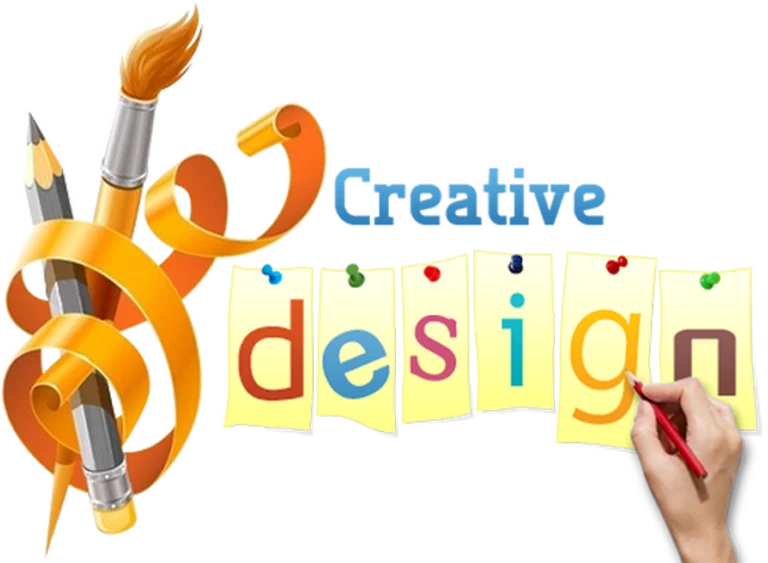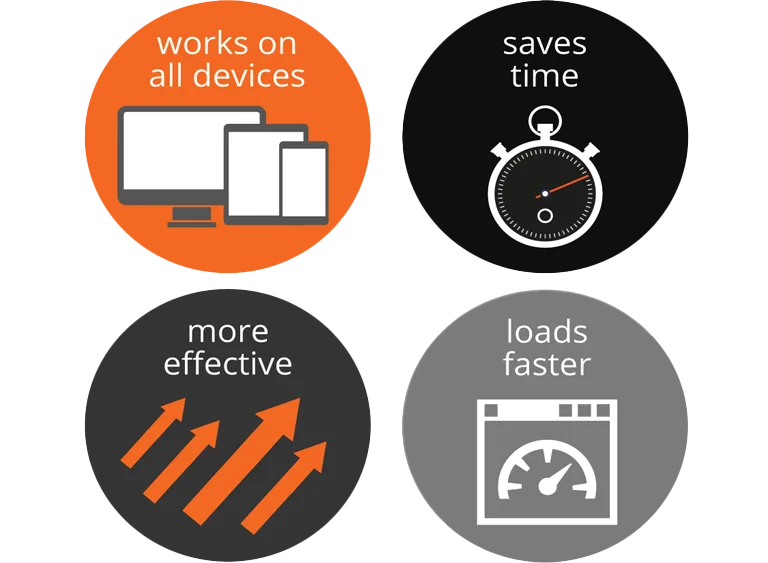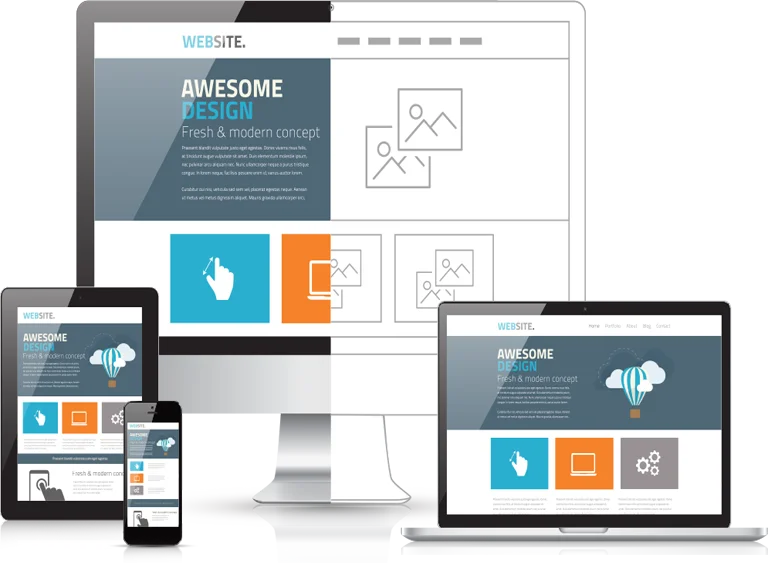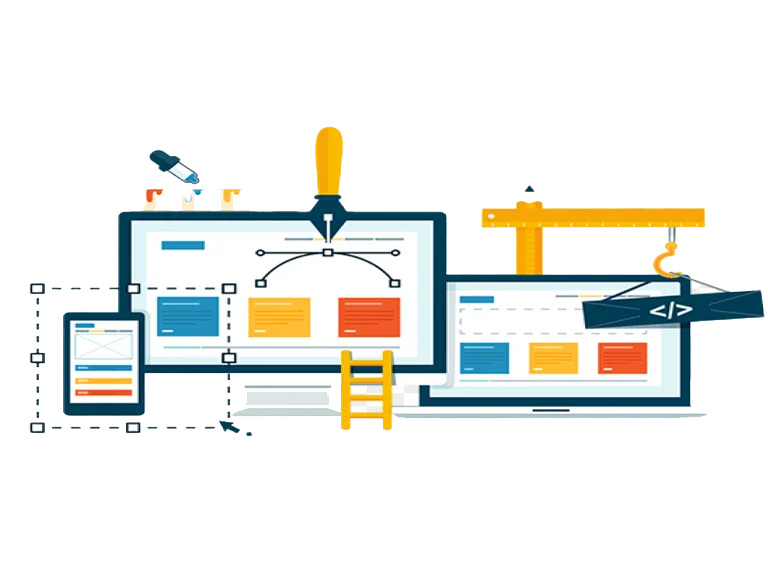Web Design Trends: What’s Hot in 2023
Introduction: In the ever-evolving digital landscape, web design trends play a pivotal role in shaping the online experience for users and businesses alike. As we step into a new era, it’s essential to stay updated on the latest advancements and aesthetics that will define the web design landscape. In this blog post, we will explore the most…









